I noticed that the wheel studs on my tires are rusty. However, I’m trying to cut costs and do the replacement myself. What is the average cost to replace the wheel studs on my car?
Annette Maxon · Answered on Apr 27, 2022
Reviewed by Shannon Martin, Licensed Insurance Agent.
Sorry to hear that you found a rusty wheel stud!
On average, new wheel lug studs cost $4 to $12. This cost does not include labor (which would likely set you back *$61 to $77).
If only one stud is missing or damaged, you can drive it safely when traveling a short distance to a repair shop or auto parts dealer. But for the most part, it’s best to keep your car parked until the replacement has been made.
While you’ll have to spend a bit to get this part replaced, you can cut costs elsewhere by looking over your car insurance policy.
That’s what Jerry is here for—a licensed broker that offers end-to-end support, this super app gathers affordable quotes, helps you switch plans, and can even help you cancel your old policy!
MORE: 11 car insurance hacks to save you money
Car MaintenanceCar Tires
WHY YOU CAN TRUST JERRY
Jerry partners with more than 50 insurance companies, but our content is independently researched, written, and fact-checked by our team of editors and agents. We aren’t paid for reviews or other content.
Browse More Content
Reset Indicator Lights
What To Do If Car Will Not Turn Over
Car Having Difficulty Starting: Inspection
Car Shift Inspection
Alternator Repair
Gmc Sierra K2500 Sle Insurance Cost
Ford Escape Titanium Insurance Cost
Nissan Maxima S Insurance Cost
Suzuki Grand Vitara Jlx Limited Insurance Cost
Volkswagen New Beetle Gls Insurance Cost
Bovey Car Insurance
Hull Car Insurance
Brunswick Car Insurance
Clarion Car Insurance
Sylacauga Car Insurance
I love the Dodge Challenger and I found a gorgeous 2012 model online for what seems to be a reasonable price. How much does a 2012 Challenger usually go for?
How much does a 2012 Challenger usually go for?
Andrea Barrett
Apr 27, 2022
It’s been a while since I’ve gotten a new car, so it’s my first time using a key fob. I’m worried that something is up with its battery, so I want to open it up and look inside. Can you tell me how to open a Dodge key fob?
Natalie Todoroff
Apr 27, 2022
I bought a used car with a bunch of bumper stickers that, to sum it up shortly, don’t really suit me. Will Goo Gone hurt car paint if I try using it to remove these bumper stickers?
Melanie Mergen
Apr 27, 2022
Browse All Questions
Make your drive to Maryland a painless one by mapping your route, planning for traffic, and learning about some of the state’s road laws.
Zachary Morgan
Apr 26, 2022
From top 40 hits to talk radio, we’ve got all the info regarding the very best radio stations in Wausau.
Zachary Morgan
Apr 26, 2022
Total Fire Protection offers a wide range of services including 24/7 emergency service, fire training, and systems installation, repairs, and maintenance.
Zachary Morgan
Apr 26, 2022
Elephant Insurance
Land Rover
New drivers
Ferrari
Infiniti
Foreign
Renter insurance
Jaguar
Veterans
Holidays
Alabama
Pennsylvania
Umbrella Insurance
Bentley
Volkswagen
Cancellation Policy
Lamborghini
Oregon
Maryland
Hawaii
Subrogation
Gross Vehicle Weight Rating
Movies
Hummer
No long forms
No spam or unwanted phone calls
Quotes from top insurance companies
Find insurance savings — it's 100% free
Car Insurance
Cheap Car Insurance
Car Insurance Quotes Online
Types of Insurance
Toyota
Hyundai
Mercedes-Benz
Subaru
Chevrolet
Mitsubishi
ALAKAZARCACOCTDEFLGAHIIDILINIAKSKYLAMEMDMAMIMNMSMOMTNENVNHNJNMNYNCNDOHOKORPARISCSDTNTXUTVTVAWAWVWIWY
Updated:
Photo: iStockWhether your region requires you to install snow-rated tires during the cold months or you simply want to sport them for added safety, you should know how much a winter tire costs.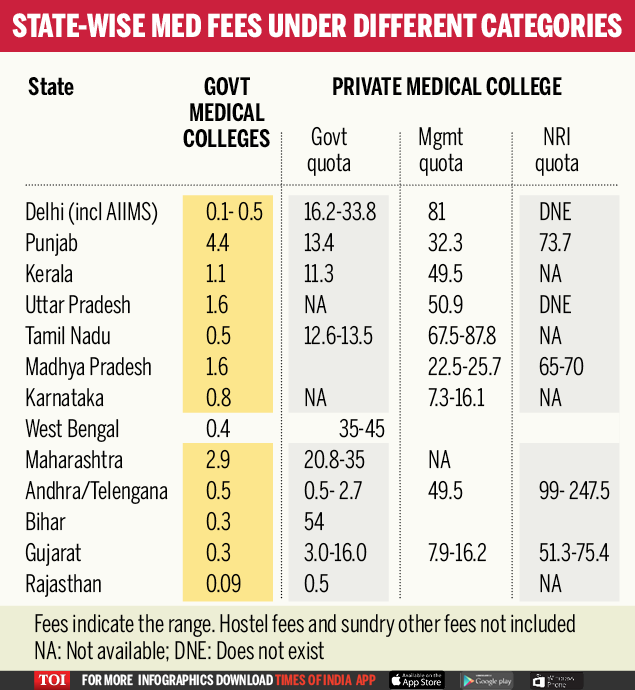 Many car owners just don’t install winter tires because they believe they’re unaffordable.
Many car owners just don’t install winter tires because they believe they’re unaffordable.
While winter tires are typically known to be more expensive, affordable options from growing tire brands like Sailun Tire don’t compromise on the quality and performance drivers expect on the icy roads.
But even the pricer ones are more affordable than your rising insurance premium, likely medical bills, and automotive repairs (not covered in the insurance policy) that you must endure due to an accident in harsh winter conditions.
Here, we will explain the cost of different winter tires and the additional expenses associated with them. If you’re in the market for new winter tires — from value-based to premium — check out our full buying guide here.
Many factors affect the price of winter tires, including brand, type, quality, and size. Since every brand has its own criteria to evaluate the price for its rubber, we would avoid commenting on it. However, we will specifically discuss type, quality and size to give you a fair idea of winter or snow tires.
However, we will specifically discuss type, quality and size to give you a fair idea of winter or snow tires.
For a compact car with a famous 205/55R16 size, below are approximate prices.
The three main types of winters you find in the market include studless, studded, and winter performance.
Studdless Tires
For most people, studdless winter tires are a perfect companion in cold conditions. These incorporate biting edges and soft rubber compounds, making them flexible for winter. A standard studdless tire will cost you anywhere between $60 and $550, each.
On average, for a typical compact car, expect to pay around $100-$150 per tire or $400-$600 for all four. For an SUV or light-duty pickup, the price goes up to $200-$400 each or $800-$1,200 for a set of four.
Studded Tires
For extreme weather conditions like freezing rain, sleet and wet ice, studded tires are ideal for a safe driving experience. The metal studs fixed on these tires bite into ice, giving you improved grip and handling. A studded rubber would cost you around $75-$550 or more per tire. For two pairs, you can expect to pay between $300 and $2,200.
The metal studs fixed on these tires bite into ice, giving you improved grip and handling. A studded rubber would cost you around $75-$550 or more per tire. For two pairs, you can expect to pay between $300 and $2,200.
There are also studdable options, like the Sailun Iceblazer WST1 studdable performance winter tire trusted by over 1-million drivers in Canada alone, which won’t break the bank yet designed for drivers that demand maximum traction in severe weather conditions.
Sailun IceBlazer WST1 studdable winter tireSailun IceBlazer WST1 studdable winter tireWinter Performance Tires
For guys who do not want to leave their sports cars or performance sedans in their garage in winters, they should put on winter performance tires. They are designed to offer excellent traction at high speeds on wet and dry roads. However, they are not your perfect companion for ice or snow-packed roads. A regular high performer is available at around $100-$500 each or $400-$2,000 for all four.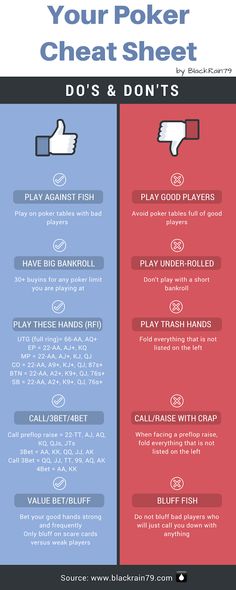
For all the prices we mentioned above, the smaller the size, the lower the cost. However, the price variation also depends on the tire brand, with American tires selling higher than Chinese-made tires.
The prices we shared above are purely for snow tires; they do not include installation charges. For installation, you have two choices. You can either mount the winter rubber on the existing wheels or buy a new set of wheels for all tires.
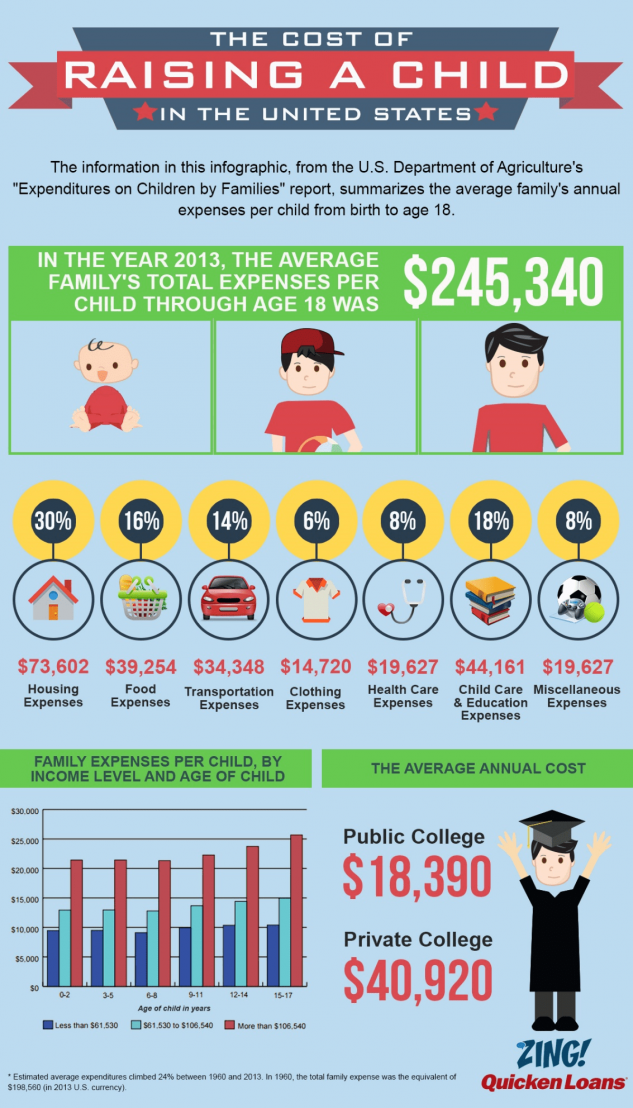
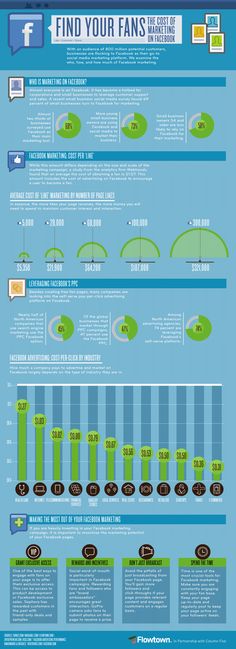 The latter comprises everything from the valve stem, tire installation, and wheel balancing. However, some workshops ask for an extra $2-$25 per tire for these services.
The latter comprises everything from the valve stem, tire installation, and wheel balancing. However, some workshops ask for an extra $2-$25 per tire for these services.  For a two-wheel-drive car, if you think two new tires would be enough, you can’t be more wrong. With only two wheels gripping properly, the vehicle can simply pinwheel out of control.
For a two-wheel-drive car, if you think two new tires would be enough, you can’t be more wrong. With only two wheels gripping properly, the vehicle can simply pinwheel out of control.Consumer Reports says that winters tires increase the snow traction by 34%, thus making it easy for you to stop and maneuver the vehicle. These tires actually cut the braking distance by around six feet. That six feet distance is often the gap between you rear-ending a car or drifting into a crossing against carefully coming to a halt without causing a mishap.
Buying the snow tires also enables you to enjoy insurance savings as well as better fuel mileage (if you maintain them well).
Of note, 76% of all Canadians change their all-season tires with snow tires to enjoy better traction and control. Most car owners say that these tires have saved them a possibly dangerous condition.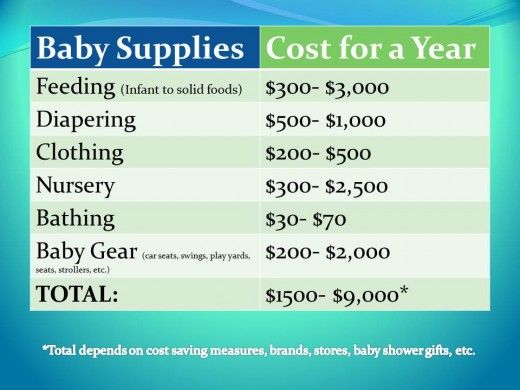
(
Updated:
25/01/2022
)
Article content
During operation, the winter set of tires wears out actively, loses grip, loses elasticity at low temperatures.
The studs wear off and fall out due to deformation. With such damage, manufacturers recommend changing tires to new tires in order to prevent an emergency, to prevent skidding on an unstable winter road. However, in a situation where metal cutters are damaged on new tires, it is not necessary to install a new set. It is enough to restore the studding.
With such damage, manufacturers recommend changing tires to new tires in order to prevent an emergency, to prevent skidding on an unstable winter road. However, in a situation where metal cutters are damaged on new tires, it is not necessary to install a new set. It is enough to restore the studding.
Re-studding winter tires is a standard procedure used to improve the performance of tires. It improves grip on icy surfaces, improves driving safety in cold weather.
Due to the design, the studs stop working even on new tires. If the tire wear is uneven, the cutters become dull, stop grabbing on an icy road, or become higher than the tread. This leads to the fact that they are pulled out during sudden braking or wheel slip. In this case, a new kit is not needed, since it makes sense to stud.
This process can be done by hand or with a tool. Before re-completing, it must be taken into account that the installation of spikes should be carried out 2-3 months before the onset of the winter period. The process is influenced by technology, the rubber must be dried before operation, after which a mandatory run-in must be carried out. Only if the conditions are met, you can get the desired effect - the spikes do not deform and do not fly out.
The process is influenced by technology, the rubber must be dried before operation, after which a mandatory run-in must be carried out. Only if the conditions are met, you can get the desired effect - the spikes do not deform and do not fly out.
Studding winter tires can be done in several ways. There is an initial and repair (repeated) method. The initial technology involves the operation of non-studded tires, which can be equipped at any time if necessary. Re-studding is a do-it-yourself procedure for installing new incisors to replace the lost ones. Self-installation increases the working life of the wheels, improves safety.
Despite the advantages of the method, there are restrictions that prohibit the repair of worn tires. If they are ignored, this will lead to poor-quality re-recovery and will not give a result.
Mounting studs on a winter tire is done in cases where:

Do-it-yourself reassembly of cutters is not allowed if:
Before making repairs, decide if you need additional studding or if it is better to replace the set of wheels. Only having determined the relevance, one should start work and re-install the metal elements.
Winter Drive protection
Tires Goodyear UltraGrip Arctic 2 SUV
Winter Drive Protection
Rating:
4.5
Tires Goodyear UltraGrip 600
Winter Drive Protection Sound Comfort
Rating:
4.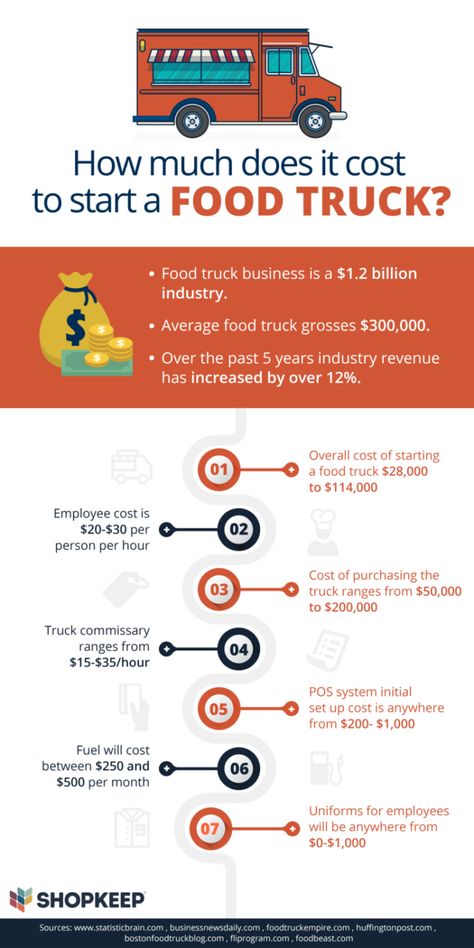 5
5
Tires Goodyear UltraGrip Ice Arctic
Winter Drive protection
Tires Goodyear UltraGrip Arctic 2
Winter Drive Protection Sound Comfort
Rating:
4.5
Tires Goodyear UltraGrip Ice Arctic SUV
Winter
Rating:
4
Tires Goodyear Cargo UltraGrip 2
There are several ways to reposition the incisors. Repair is done with a tool or with your own hands. In the first case, studding is used with an air gun, which pushes the edges of the winter tire at the desired angle. In the second case, the tire is equipped with conventional spikes, installed with a screwdriver and a hammer. The first method of re-studding is correct and guarantees the result. It involves the preparation of tires, cleaning the tread from contamination with compressed air. This avoids the distortion of metal elements, their rapid loss.
Repair is done with a tool or with your own hands. In the first case, studding is used with an air gun, which pushes the edges of the winter tire at the desired angle. In the second case, the tire is equipped with conventional spikes, installed with a screwdriver and a hammer. The first method of re-studding is correct and guarantees the result. It involves the preparation of tires, cleaning the tread from contamination with compressed air. This avoids the distortion of metal elements, their rapid loss.
It is possible to repair a winter tire in several stages, it is enough:
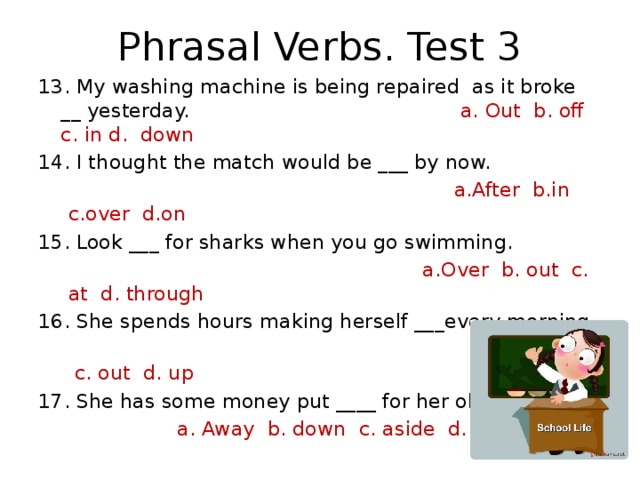 5 mm above the tire tread.
5 mm above the tire tread. Installing metal cutters instead of worn ones improves the car's handling on the road, grip on slippery surfaces, and reduces the braking distance. New spikes prevent skidding on the car, reduce the likelihood of slipping when accelerating. Restoration of worn tires ensures safety on the road.
However, the method has weaknesses. Due to the installation of metal cutters, noise from the wheels increases, vibration increases when driving on asphalt and other hard surfaces. The disadvantages completely repeat the disadvantages of any winter kits, which are inferior in smoothness and noiselessness to summer tires. Despite the shortcomings, the tire has more positive aspects and is recommended by manufacturers to increase the life of the wheels.
Find Goodyear tires for your car
Firm <
Offers the service of installing special studs for winter wheels.
Possible work with new tires in which there is a special hole for installing spikes.
The cost of work is 2.50 UAH per spike.
That is, a tire, depending on the radius and manufacturer, costs from 190 to 200 UAH.
Stud types
Any spike consists of two elements: a body and an insert. The insert is a working element that determines the durability and efficiency of the spike.
All spikes can be divided into two types: single-flange and multi-flange.
Single-flanged ones resemble studs or a rivet in shape. This is the classic type of spike that started it all. These spikes are the cheapest. The vast majority of studs used in Ukraine are single-flanged (Fig. 1).
More complex are multi-flange (two- or three-flange) studs. They last longer and more efficiently, but are also more expensive (Fig. 2).
Fig. 1
Rice. 2
The correct choice of studs depends on the roads on which the car travels. In our conditions, high adhesion is important. The spike must hold firmly and not move away from contact with the road, not sag in the soft body of the rubber. The more flanges the better.
The spike must hold firmly and not move away from contact with the road, not sag in the soft body of the rubber. The more flanges the better.
Some tire manufacturers specify the specific type of stud to be used when studding their product. Among the manufacturers of spikes, five main firms stand out. These are Ugigrip (France), Tikka, Season, Turvanasta (all from Finland), Sitek (Germany). Domestic manufacturers are represented rather narrowly and hardly noticeable on the market.
All modern spikes are of high quality. Their design is constantly being improved. The opinion that studs have a negative impact on road wear and on the environment is refuted by studies conducted in Finland and Sweden.
When to spike?
Tires should be studded as early as possible before the start of the winter season.
When the spike is inserted into the hole, the rubber walls of the block are forcibly stretched by the paws of the stud gun, increasing the diameter of the hole several times.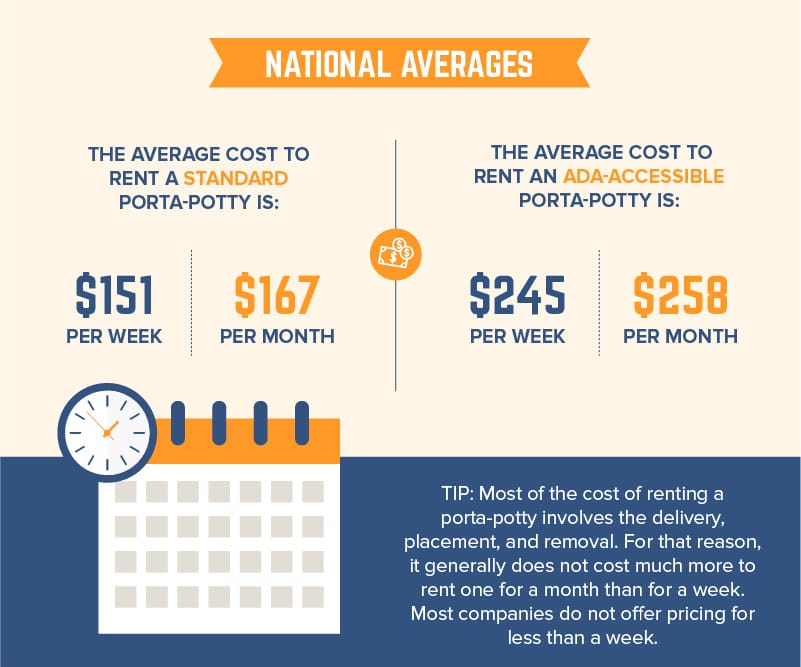 Naturally, in this case, there is a residual deformation of the rubber, which negatively affects the retention of the spike.
Naturally, in this case, there is a residual deformation of the rubber, which negatively affects the retention of the spike.
Therefore, it is very important to allow the tire to age after studding...and the longer the better...
This is the first little secret that sellers love to operate in front of inexperienced drivers, telling that factory tire studding is much better than what they do here on the spot - pure nonsense.
It's just that the tires studded "there" a few months before the start of winter have long aged ... The stud is better wrapped and fixed.
1-2 months is an excellent time for tires to "rest" after studding.
Which stud is best for studding?
This question is not as easy to answer as it seems at first glance.
For example, Bridgestone strongly recommended that their tire models be studded with a conventional single-flange stud.
With proper and competent studding, as well as tire running-in, such a stud serves no less than a two-flange one.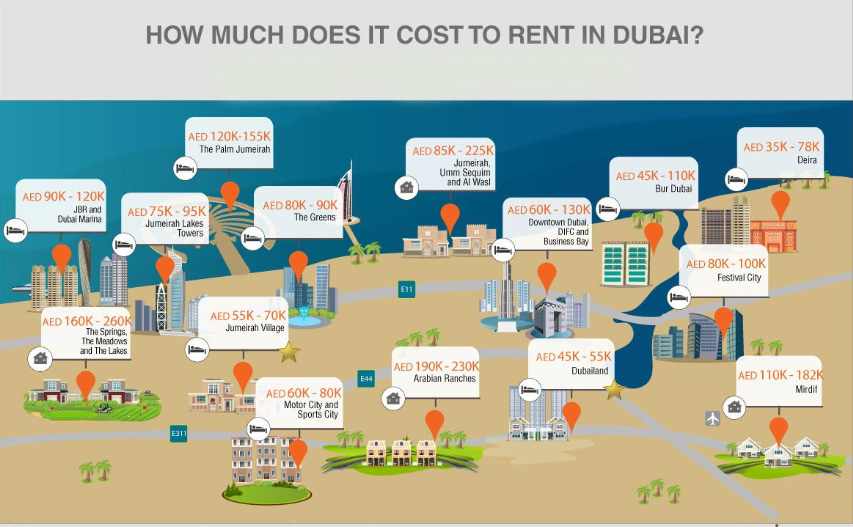
I will not specifically touch on the topic of studs with square / triangular and other carbide inserts, as well as the lower flanges of a stud of a special shape, for example, square - there is no point. If you have already decided to stud your tires, then at 99% of the time you will be offered only two options:
1) Single flange plain (fig. 1)
2) Double-flanged spike - type "glass" (Fig. 2)
Based on these two proposals, you need to choose one - the most suitable for you.
If you are a calm driver, moving without sharp accelerations and braking, then any of these two types of spikes will last you a long time.
If you operate a car in hard conditions, if you have a car with mechanics (automatic transmission has a winter mode, which significantly prolongs the life of the studs), then a two-flange stud will be better able to withstand the “pull-out force” at first. However, after 1-2 seasons, when the tread height, and hence the spikes, decreases due to natural wear, the spike will still break the seat and will no longer be able to be held like a new one.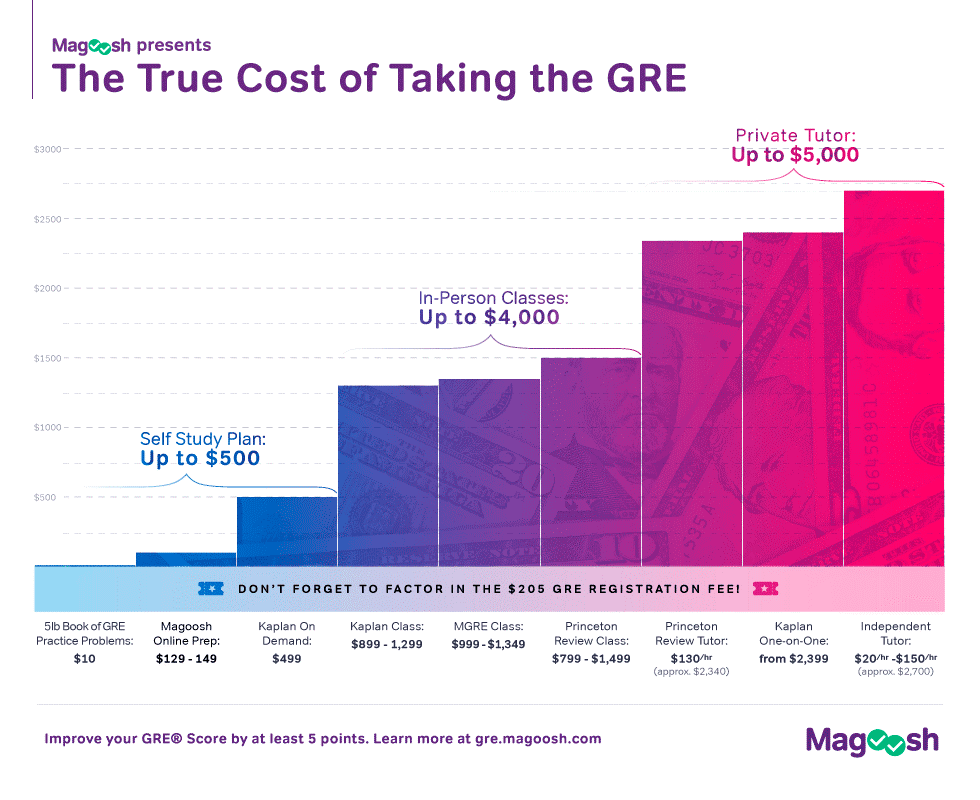 By the way, if the car is operated on asphalt in active mode, then dirt / sand / slag gets clogged between the upper flange and the neck of the hole - very quickly “gnawing out” free space in the rubber, which in turn greatly weakens the reliability of fixing the spike.
By the way, if the car is operated on asphalt in active mode, then dirt / sand / slag gets clogged between the upper flange and the neck of the hole - very quickly “gnawing out” free space in the rubber, which in turn greatly weakens the reliability of fixing the spike.
With a single-flange stud, with this style of riding, the entire body is evenly wrapped in rubber, so sand / dirt / slag does not “eat away” and break the rubber walls of the hole so quickly, weakening the stud fit.
Those. there is no perfect recipe for choosing the type of spike, because. many other factors play a role in its quality of fit, for example:
Tread compound hardness (the harder the better)
The massiveness of the block - the more the better
The hardness of the rubber at the point of "anchoring" of the stud - many manufacturers specifically make this rubber layer from a harder compound.
And, of course, the correctness of the studding with the desired spike, or rather with the spike of the correct size.
This needs to be given special attention.
The tread height of different tire models from different manufacturers is also different.
For some it is 9mm, for others it is 10mm...etc...
The height of the studs for passenger models of winter tires is 10-11 mm. (for trucks there are also spikes with completely different sizes)
The stud should sit in the seat in such a way that its carbide insert protrudes no more than 1.2-1.3 mm above the tread level, and the stud body plane is on the same level with the tread plane. Only such a landing will ensure the "survivability" of the spikes.
If the thorn is planted deeper, i.e. its height was chosen incorrectly, then it will practically not work on ice until the tire tread wears out by 1-2 mm..
If a high stud is planted in a low tread with a protrusion of 1.5-1.7 mm above the surface, then the loss of studs in the first winter season can reach 30-50%, or even more ... True, on the first ice, braking can be noticeably better than on "correctly" studded tires . .. But such happiness, as you understand, will not last long.
.. But such happiness, as you understand, will not last long.
Myths about studded winter tires.
There are still drivers who do not accept studded tires. Why grind spikes in winter on asphalt, which, as a result of the use of chemicals to melt snow in cities, abounds? Yes, and the braking distance on wet pavement increases! they say. One can object to this: in winter conditions, the driver feels more comfortable and confident on studded tires on any surface. Winter asphalt is more slippery than summer, and this is felt on any tires. As for the braking distance, it also increases in winter regardless of the type of tires, and experienced drivers are well aware of this. In any case, the use of studded tires for novice drivers is a must. The same is recommended for all drivers of cars with automatic transmissions, regardless of driving experience and experience. Now for some practical advice.
Myth 1 . Studs can only be installed on drive wheels.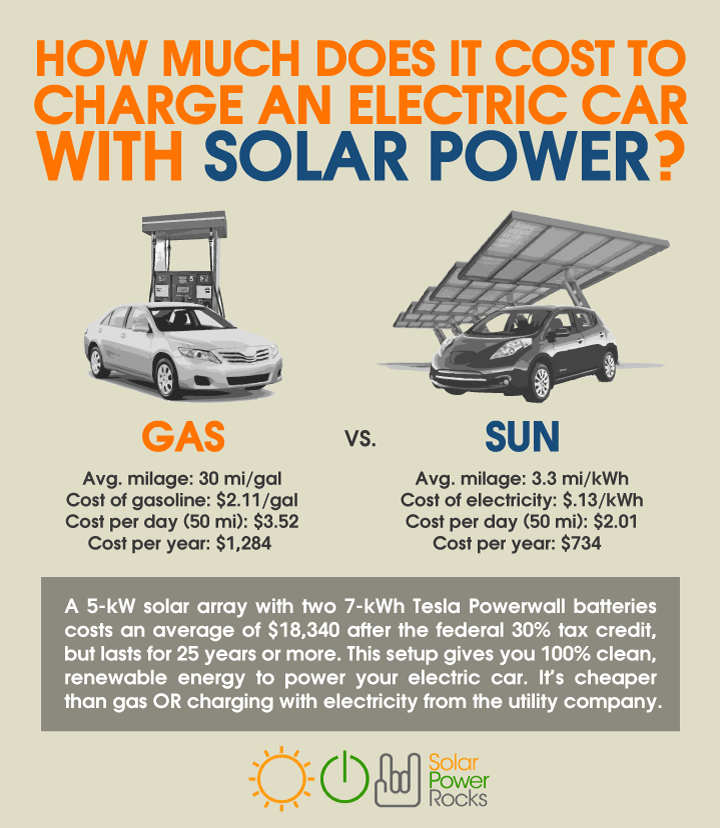 In fact, studded tires are recommended to be placed on all wheels of the car. Installing studded tires only on the front or only on the rear axle of the car in some situations is deadly. When mounting and rearranging studded wheels, it is necessary to ensure their constant direction of rotation.
In fact, studded tires are recommended to be placed on all wheels of the car. Installing studded tires only on the front or only on the rear axle of the car in some situations is deadly. When mounting and rearranging studded wheels, it is necessary to ensure their constant direction of rotation.
Myth 2 . You can drive on new studded tires. In fact, freshly studded wheels must go through about two hundred kilometers of break-in, and the driver should not exceed a speed of 60-70 km / h. This will allow the spikes to properly “sit down” in their places. During the break-in period, sudden braking and dynamic starts should be avoided.
Myth 3. Imported spikes don't fall out at speed. In fact, you should check your tire pressure more often. Long-term driving on under-inflated tires leads to rapid wear of the studs and their premature loss. Driving at high speed also contributes to premature stud loss, and it is not recommended to drive fast even on imported studded tires. Short-term accelerations up to 140 km/h are possible, but no more.
Short-term accelerations up to 140 km/h are possible, but no more.
Myth 4 . The spikes sign will protect you from a rear-end crash. In fact, when braking on ice and hard-packed snow, the stopping distance of a studded car will be much shorter than the stopping distance of a following car without studs. This may come as a surprise to the driver following behind and stomping the brake pedal unsuccessfully. He will notice the standard warning sign on the rear window of your car only after the impact. Therefore, your safety depends only on you.
Myth 5 . Spikes only last one season. In fact, subject to the rules of running and operation, studded tires usually last three winter seasons, that is, 30-45 thousand kilometers. After that, they are recommended to be disposed of, and not rolled up in the summer. It is dangerous to do this, as the stopping distance of your car will increase by 25%.
Our online store sells and you can buy docking wheels for all types of cars, tires, tyres, rubber, tires, tires, wheels, summer and winter, both for cars and minibuses, and this is all in Zaporozhye with delivery to any city of Ukraine: Vinnitsa, Dnepropetrovsk, Donetsk, Zhytomyr, Zaporozhye, Ivano-Frankivsk, Kyiv, Kirovograd, Luhansk, Lutsk, Lviv, Nikolaev, Odessa, Poltava, Rivne, Simferopol, Sumy, Ternopil, Uzhgorod, Kharkiv, Kherson, Khmelnitsky, Cherkasy , Chernihiv, Chernivtsi.